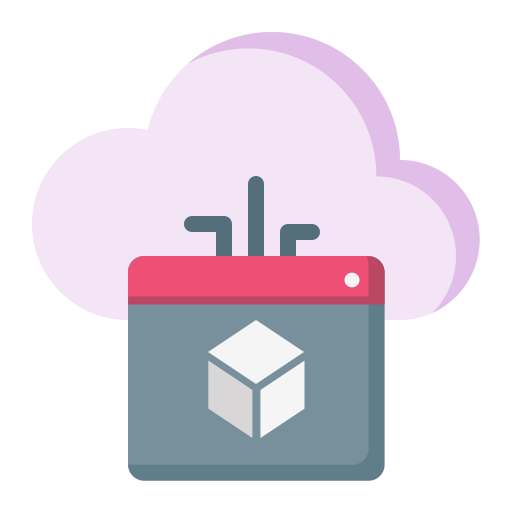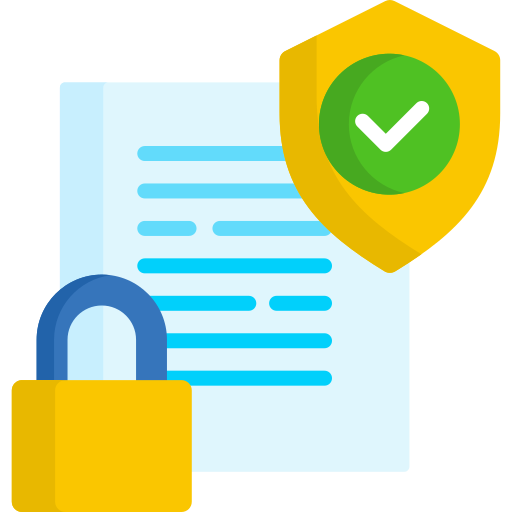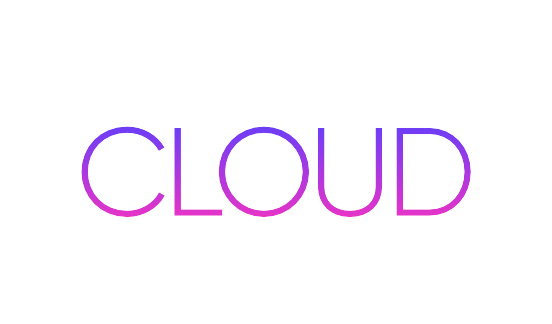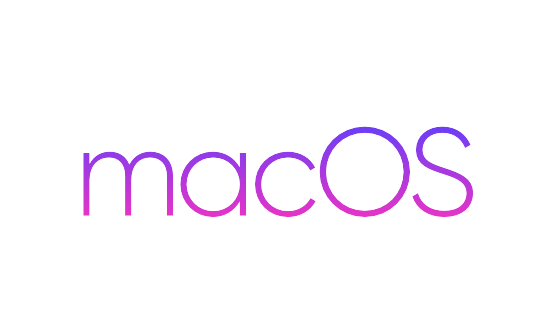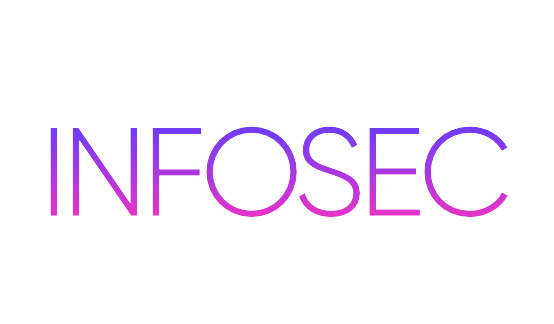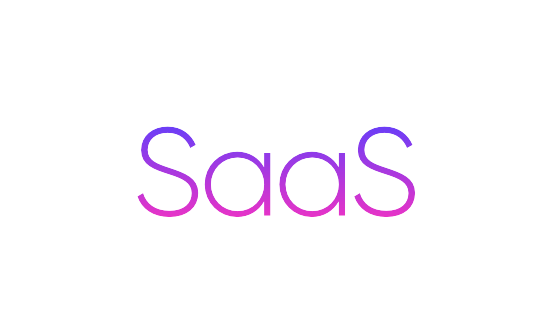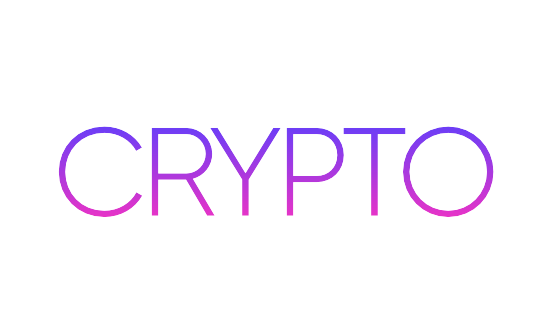The cloud supremacy war is a close two-way race between Google Cloud and Microsoft Azure. Rookies can only concentrate on the pricing aspect when selecting a public cloud service provider. Yet, when determining who the winner of this cloud fight is; there are so many other variables to consider. This blog offers you a detailed comparative study of Google Cloud and Microsoft Azure.
Cloud computing has come a long way from its beginnings. It’s no longer a matter of whether to opt for cloud computing; the matter now is which cloud platform to go for. With the market explosion of cloud computing with multiple cloud providers, Microsoft Azure and the Google Cloud Platform are proud to stand out as the top two cloud providers. And how is it that you decide which one to choose? How are you closing the big debate on Google Cloud vs Microsoft Azure? Okay, this blog is how you’re going to get answers to those questions.
Google Cloud vs Microsoft Azure: Key Differences and Similarities
In general, Azure is designed to run applications and manage enterprise storage and can optimally communicate with Windows-based systems on-site. Google Cloud, which is proud of its simplicity, can host a range of systems and is capable of managing both software and business growth.
While Google (and AWS) are focused on public cloud computing, the public cloud of Azure is focused on those who want to interoperate with their own data centers, where many Windows-based servers are already running. In short, this means that Azure is keen on its hybrid cloud option; Microsoft is betting on that to compete with the leader of the cloud market, AWS, as well as Google, which is well-designed for multi-cloud deployments too.
Users must sign up for a Microsoft account in order to use a Microsoft Azure service and it is fair to assume that most businesspeople already have Microsoft accounts. They can launch any service under their account within the specified limits of Azure after they have completed this phase, and these services will be billed to their individual account. Users can create billing accounts if needed, and then create sub-accounts that roll up to them. Organizations can emulate a standard structure of organizational billing in this way.
Similarly, GCP requires users to set up an account with Google to use its services. GCP nonetheless organizes service usage by project rather than an account. In this model, users under the same account can create multiple, wholly separate projects. This model can be advantageous in an organizational setting, allowing users to create project spaces within a firm for separate divisions or groups. This model can also be useful for testing purposes: once a project is done by a user, the project can be deleted, and all the resources created by the project will also be deleted.
What is Microsoft Azure?
Azure is a cloud software platform that Microsoft developed and created, which was released in 2010. It directly competes with AWS by providing services in domains such as computing, processing, database, networking, developer tools, and other features that enable organizations to scale and expand their businesses. Azure’s offerings are listed as platform as a service (PaaS), software as a service (SaaS), and infrastructure as a service (IaaS). Developers and software employees can all use them to build, deploy, and manage services and applications through the cloud. Services may include financial, human, science, retail, media, and many other uses.
Azure has emerged relatively as one of the largest and most popular commercial cloud service providers largely due to Microsoft’s vast and wide-installed base of business applications worldwide. It offers a wide range of integrated cloud services and features such as analytics, computing, networking, database, storage, mobile, and web applications that integrate seamlessly with business environments to achieve efficiency and scalability.
What is Google Cloud?
Google Cloud is a Google-developed and released cloud computing platform, in 2008. It was written in Java, C++, with Ruby included in Python. It also provides different services that are IaaS, PaaS, and Serverless. Google cloud is divided into multiple platforms, including Google App Engine, Google Compute Engine, Google Cloud Datastore, Google Cloud Storage, Google Big Query (for analytics), and Google Cloud SQL, among others.
GCP provides computing, storage, networking, and databases of high quality. It also provides various networking solutions, such as virtual private cloud, cloud CDN, cloud DNS, load balancing, and other optional functionality. It also provides workloads for handling big data and the Internet of Things (IoT). In Google Cloud, cloud machine learning platforms, cloud video intelligence, cloud speech API, cloud vision API, and others also use machine learning. Within Google Cloud, which is most commonly used by developers, there are various choices, as opposed to employees of line-of-business companies.
Google Cloud vs Microsoft Azure: Compute Services
Below are key tools for running VMs and containerized workloads in the cloud provided by Microsoft Azure and Google Cloud Platform.
Compute ServicesMicrosoft AzureGoogle Cloud
A container as a Service
Azure Kubernetes Service
Google Kubernetes Engine
Virtual Machine Instances
Azure Virtual Machines
Google Computer Engine
Function as a Service
Azure Functions
Google Cloud Functions
Auto Scaling
Azure Autoscale
Managed Instance Groups
Google Cloud vs Microsoft Azure: Networking Service
Networking service Microsoft AzureGoogle Cloud
Elastic load balancer
Load balancer
Cloud load balancing
Peering
ExpressRoute
Google cloud interconnect
Virtual Network
Virtual Networks
Virtual Private Cloud
DNS
Azure DNS
Google Cloud DNS
Google Cloud DNS Google Cloud vs Microsoft Azure: Storage
It is yet another essential feature and relates to the storage of data. The comparisons are enlisted below, based on services:
Storage serviceMicrosoft AzureGoogle Cloud
Bulk data transfers
Data Box & Import/Export
Storage transfer service
Disaster recovery
Site Recovery
–
Hybrid storage
StorSimple
Egnyte Sync
Back-up solutions
Backup
–
Google Cloud vs Microsoft Azure: Database
A comparison of databases is important for workloads in the database. The table below offers the optimal database domain comparison.
Database services Microsoft AzureGoogle Cloud
Indexed NoSQL
Cosmos DB
Datastore, Big table
Block storage
Page Blobs
Persistent disks
Database migration
Database migration services
–
Object Storage
Blobs and files
Cloud storage block
Caching
Redis cache
CloudCDN
Google Cloud vs Microsoft Azure: Pricing Calculators
Since cloud pricing is extremely complex and depends on the services used, types of instances or storage, bandwidth, utilization, and several other variables, it is better to use each vendor’s calculators to input your individual usage parameters:
· See Microsoft Azure’s official price calculator
· See Google’s official price calculator
Conclusion
Moving to the cloud should be quick, painless, and cost-effective, but we all know that this is not always how life works. That’s why it’s always best to do your research in advance and make a calculated decision that is best for your company. Ultimately, the environment’s best option depends on the needs: budget-conscious users are likely to be drawn to Google cloud, but those with a strong Microsoft environment will be drawn to Microsoft Azure for integration with other Microsoft programs.
Our mission at Bitsys Technologies is to help you make better spending choices when it comes to your apps, so you’ll just pay for what you need. To learn more about how Bitsys Technologies can help your company make a seamless transition to the Cloud, please click the link below to contact our expert.
The only way to protect what you’ve worked hard to build is to be vigilant when it comes to cybersecurity. If you’d like to know more about how your business can benefit from managed services, just give us a call, we are here to help.
Microsoft Azure vs Google Cloud Comparison. In this guide, we’ll cut through the complexity that surrounds cloud technology.


